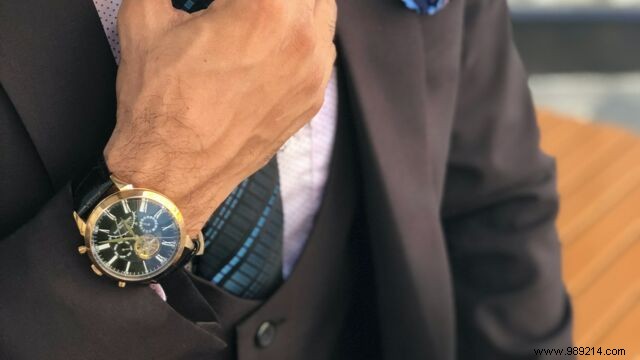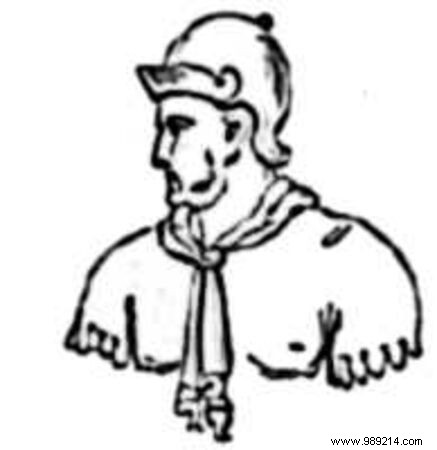Men's fashion has not undergone such a blatant evolution as women's fashion, but the tie remains a masculine accessory that can afford all the follies. Here is his rather special story.

Essential fashion accessory on a suit or even on a more casual outfit, the tie is now part of everyday life. But how did we come to wear this little accessory almost systematically? Contrary to what one might think, it is a very old aesthetic element. Here are the origins of the tie.
During Antiquity, some legionnaires as well as Roman orators used to wear a small piece of cloth around their neck to protect themselves from the cold. This small accessory was called the focalium , or focal length in modern French.

However, it is not the only ancient civilization in which we find a trace of the focal. If we are to believe the terracotta representation of the army of Xian, the soldiers of the Chinese Empire were already followers of the focal length for the same reasons, two centuries before Jesus Christ.
The tie will begin to obtain its letters of nobility many centuries later, in the 17th century. At that time, Louis XIII was the reigning monarch on France and Europe is in the throes of the 30-year war which sees Catholics and Protestants torn apart. To help the French army against its opponents, Louis XIII recruited hussars from Croatia (a country still popular today). The latter could be easily recognized thanks to the band of white fabric they put around their necks to protect themselves from the cold.
At the time, French soldiers were equipped with very unbecoming uniforms with imposing collars against the cold, directly inspired from the outfits of the Middle Ages . It didn't take long for the court of the King of France to fall under the spell of the Croatian uniforms and more particularly of these pieces of fabric hung around their necks.
Louis XIII renamed the hussar regiment as the Royal-Cravates Regiment . The name given to the current tie would therefore be a distortion of the word "Croatian". Still, the tie is now a real fashion accessory and it adorns all the collars of soldiers shortly after.
It didn't take long for the court to take over the tie to give it more diversity so that it could be accessorized with the different garments of the time. The success was not denied under Louis XIV at Versailles. Even better, it started to spread to England, then the rest of Europe and finally the whole world.
At the beginning of the 20th century, the tie was everywhere and saw some changes, the most notable being in the 19th century, when the piece of fabric became considerably simplified and refined. At that time, knitwear became a profession in its own right. He's a New York tie craftsman named Jesse Langdorf which will bring a major change to the tie to make it more or less the one we know today.
Very annoyed by the twisting specific to ties, he decided to design a new model made up of pieces of fabric whose ends would have a 45° angle, sewn on the back. It further slims down the center of the tie and ensures that it lies flat against the torso, preventing ties from curling up on themselves.
Today, knowing how to tie a tie requires a bit of skill, but it's a skill that the majority of men have learned. There are still very basic models, but tie specialists have learned to decline this accessory in hundreds of different models.
From now on, when you are looking for a model for every day or for an evening, you have the choice:silk tie, thin or thick tie, silk grenadine, cashmere or satin... The patterns are not lacking either:stripes, polka dots, checks, jacquard... You can also take some small accessories to make it really unique.